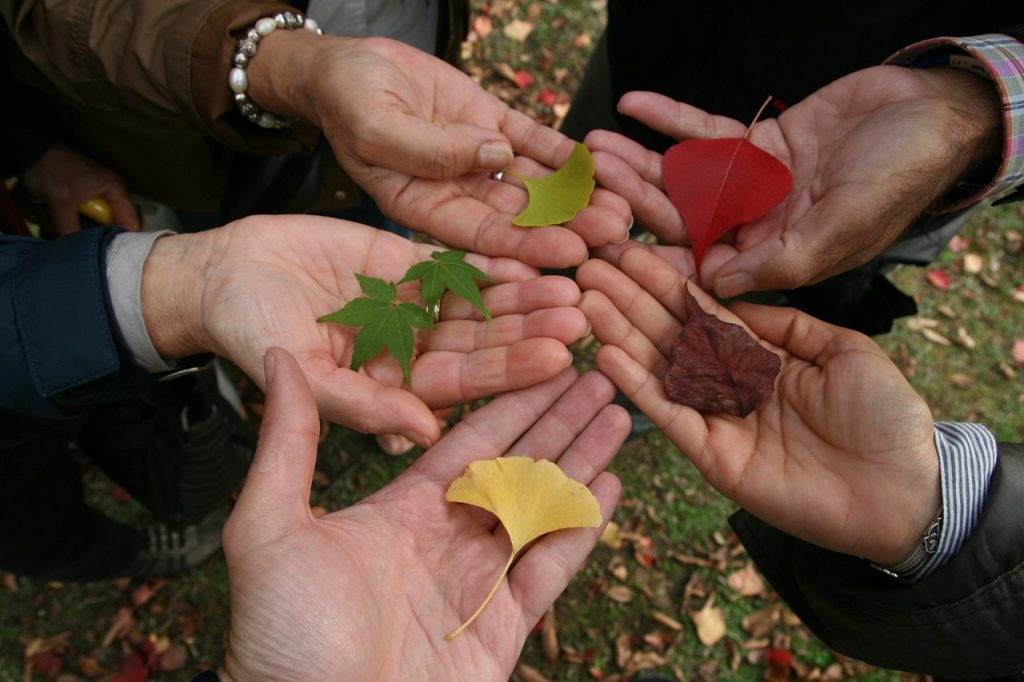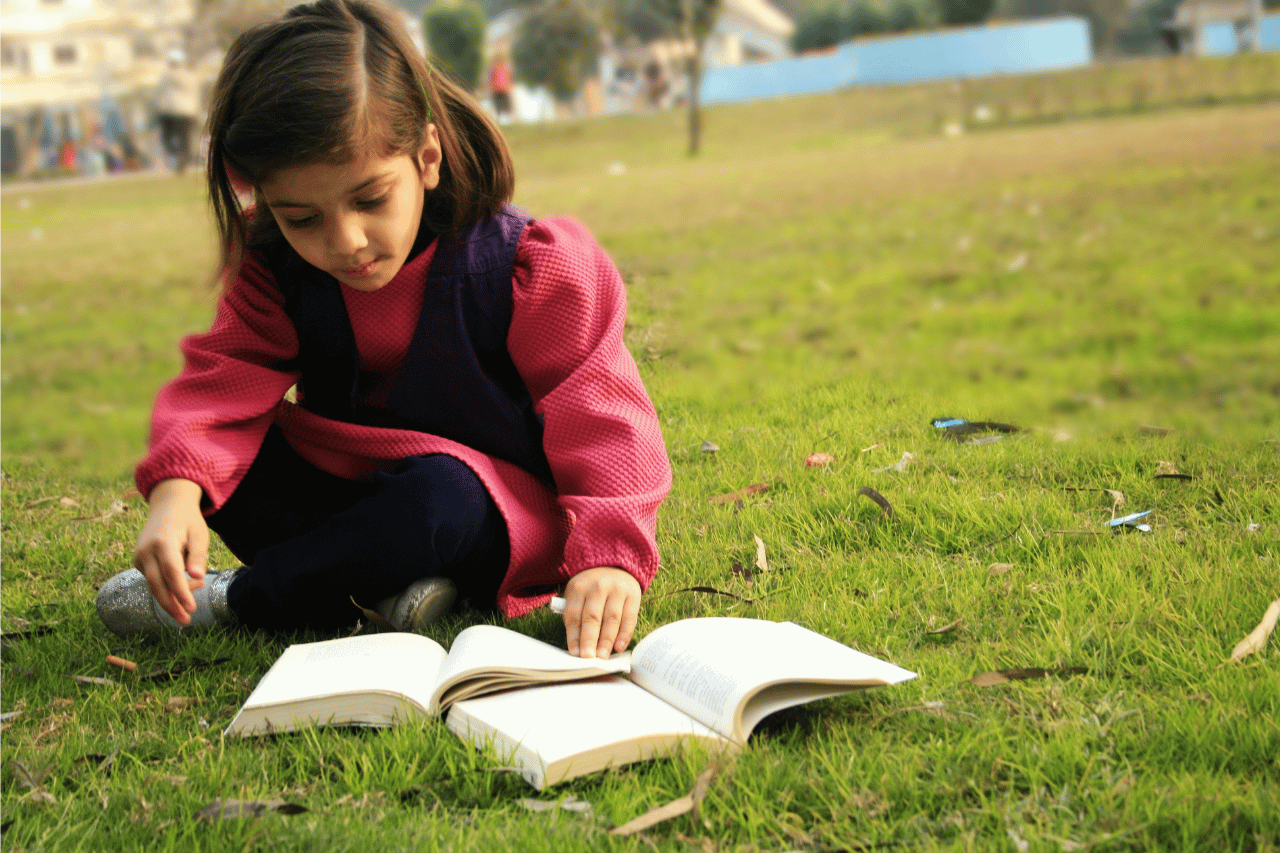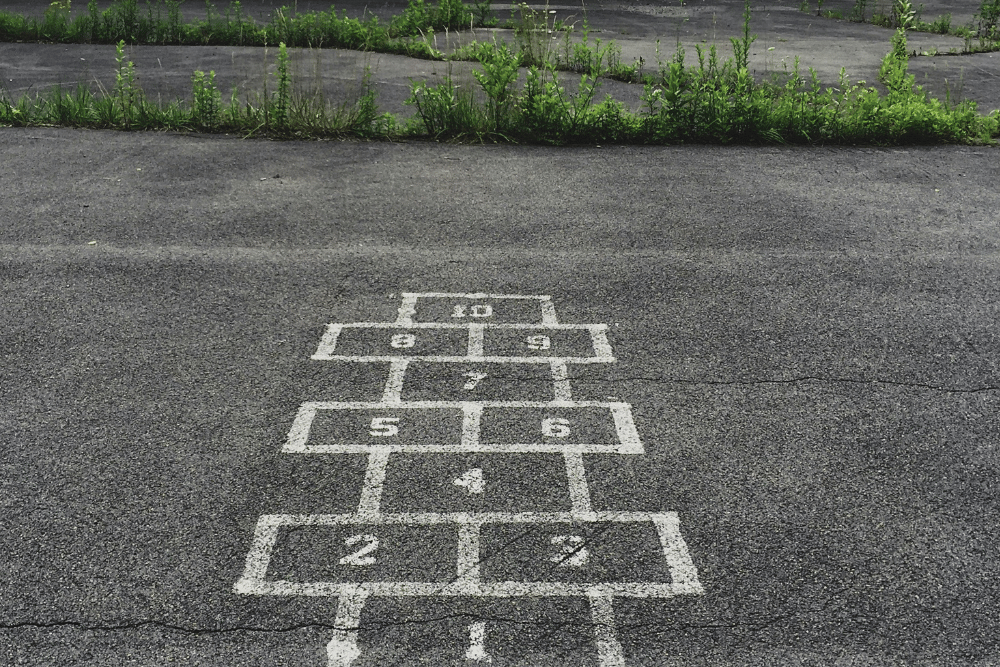Creating an inclusive and diverse learning environment is essential for every classroom, whether it’s indoors or outdoors. There are legitimate struggles with learning, playing, and teaching outdoors, but these challenges are not significantly different from those faced inside the classroom. By utilizing the principles of Universal Design for Learning (UDL), educators can plan and design activities that ensure every learner is safe and successful.
Addressing Common Concerns
One of the most frequent concerns educators express is, “I can’t take my students outside, I have a runner.” This is a valid safety concern. Having a child who tends to run away and is unaware of boundaries and safety can be challenging. However, it is important to consider what measures are already in place to keep this child safe indoors. Can those same structures and routines be applied outside?

For instance, if you have established core routines inside the classroom, such as carpet time or circle time, these can be repeated in the outdoor classroom. Consistency in routines helps build predictability, and students know what to expect and what is expected of them. This predictability can be reassuring for all students, especially those with tendencies to run or those who struggle with transitions.
Another common challenge is, “I can’t take my students outside; they will destroy nature and pick all the flowers.” This concern requires a gentle nudge to question the assumptions behind it. Does this behaviour happen all the time, or just occasionally? Do similar behaviours occur inside the classroom? If so, what routines and structures are in place to limit these unexpected behaviours indoors, and can these be replicated outdoors?
One strategy to address this is to start with shorter visits to the outdoor classroom, ensuring that each session ends on a positive note. This way, every child feels successful. Gradually, the time spent outdoors can be increased, always ending on a positive note. This incremental approach helps students build on their success and learn to respect nature over time.
Universal Design for Learning (UDL)
UDL is a framework that guides the design of learning experiences to meet the needs of all students. By considering the diverse ways in which students learn, UDL helps educators plan lessons that are accessible to everyone. When applying UDL to outdoor learning, consider the following principles:
1. Multiple Means of Engagement: Provide various ways to engage students in outdoor activities. Some students may prefer hands-on exploration, while others might engage better through observation and discussion. Offering choices and encouraging student input can increase engagement.
2. Multiple Means of Representation: Present information in different ways. Use visual aids, auditory explanations, and tactile experiences to cater to different learning styles. For example, when exploring a nature trail, provide maps, describe the trail verbally, and allow students to touch and interact with the environment.
3. Multiple Means of Action and Expression: Allow students to demonstrate their understanding in various ways. Some might prefer drawing or writing about their experiences, while others might express themselves through physical activities or verbal explanations.

Mindset and Expectations
One of the biggest takeaways is that concerns about taking students outdoors often stem from a mindset that assumes outdoor learning is inherently more difficult or less controllable than indoor learning. This mindset can be shifted. Both educators and students can do ‘hard things.’ By scaffolding routines and expectations, all children can feel successful and gradually build upon their skill sets.
Teaching core routines and reinforcing them both indoors and outdoors helps students understand that expectations remain consistent regardless of the setting. This consistency builds confidence and reduces anxiety, making the transition to outdoor learning smoother.
The Right to Play Outdoors
Every child’s right to play outdoors and have access to nature is a principle close to my heart. This belief is one of the driving forces behind my work and my second children’s picture book, *Finding Common Ground*. It is easier to take “the perfect class” outdoors—those who listen, engage, and are respectful. However, it can seem more challenging to take students who are loud, energetic, and distractible. Despite these challenges, every child deserves the chance to experience the benefits of outdoor learning.
To quote my book, “How can we ensure that the tallest poppy and the shorter clover all receive equal sunshine?” This quote encapsulates the essence of effective teaching—ensuring that every child, regardless of their abilities or behaviours, has the opportunity to learn and grow.
Inclusion and diversity in an outdoor classroom require thoughtful planning, consistency in routines, and a shift in mindset. By using the principles of Universal Design for Learning, educators can create outdoor learning experiences that are accessible, engaging, and safe for all students. The challenges of teaching outdoors are not fundamentally different from those indoors. With the right strategies and a commitment to equity, every child can enjoy the benefits of outdoor education. As educators, it is our responsibility to ensure that all students receive equal opportunities to learn and thrive, both inside and outside the classroom.


